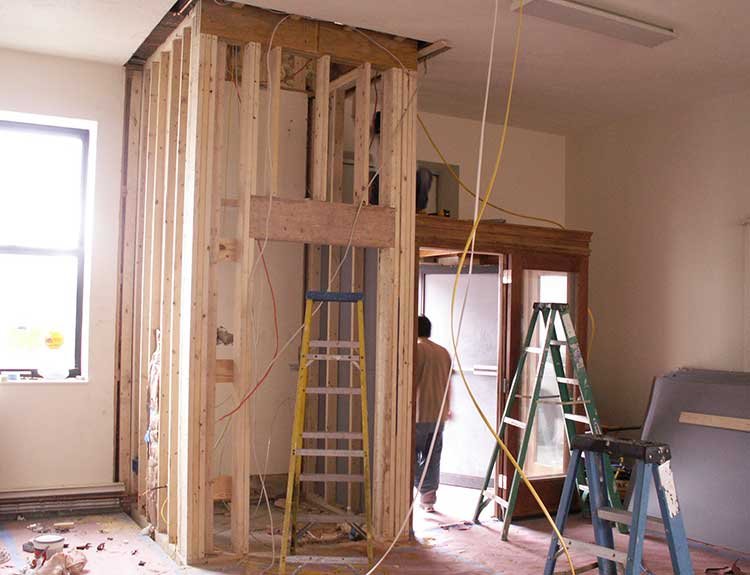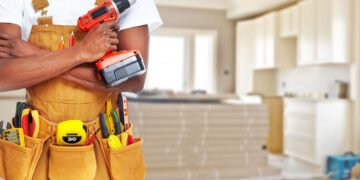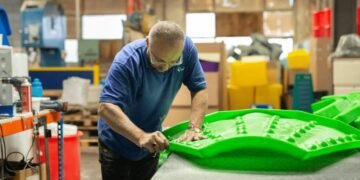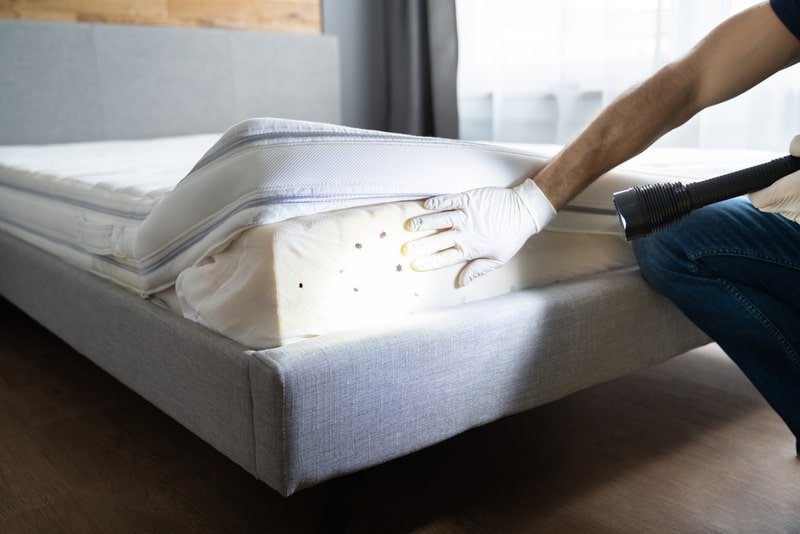A residential elevator installation is a must for any home or apartment. While it is a convenient way to move from one level to another, it can also cause you to fall or injure yourself if you are unable to properly use it.
Even though it is not as common as it used to be, the installation of a residential elevator is still a popular project for many homeowners. In most cases, the installation of an elevator goes hand in hand with the construction of a new home.
These are not just for the elderly or those with mobility issues. These are also for those that want to add more space and value to their homes, who want greater convenience and flexibility in their lives, and who want to increase the resale value of their homes.
In this post, we will focus on the safety aspects of an elevator installation. We will also focus on some of the safety tips, tools, and equipment required during the process.
Consider Hiring Professionals To Do The Job
Do-it-yourself home elevators can be a fun and rewarding project, but they are not for everyone. If you are not mechanically inclined or do not have the time to complete the project yourself, it may be best to hire a professional installer. There are a few important factors to consider before making this decision.
One important factor is the experience of the installer. A qualified professional will have years of experience installing residential elevators and will know how to safely install them in your home. They will also have the knowledge and tools necessary to complete the job quickly and efficiently.
Another consideration is the equipment that the installer will use. Professionals typically use high-quality equipment, such as Elevator Master safety devices, which can ensure your safety during the installation process. In addition, they typically have access to special tools that can make installation easier, such as trench saws or jacks for raising heavy objects into place.
Overall, hiring a professional installer is an important decision if you want your home elevator installation to be done correctly and safely.
Safety Around Wires And Electrical Components
One of the most important aspects of installing an elevator is to ensure that you are safe around all electrical components as well as any other exposed wiring.
This is especially important if you decide to add a new home addition or if you have existing wiring that requires extra protection.
You should always make sure that you are not exposed to any electrical components such as the motor, control panel, and wiring that are exposed outside. You can do this by putting up temporary plastic panels for your work area, and covering these components with plastic bags or any other protective coverings to prevent any accidental contact with them.
Using All Necessary Protective Equipment
The last thing that you want is to hurt yourself during the installation of an elevator. This is why it is important to wear all necessary protective equipment at all times.
This includes safety glasses and gloves as well as safety boots, earplugs, and any other protective gear. In some cases, it is a good idea to wear a hard hat while you’re working on the installation. This will help protect your head when you are drilling or hammering into the ceiling and walls.
Always make sure that you’re not working with any hazardous materials around you before you start working on them. For example, if you plan on using power tools around metal, always turn off the power first and test the tool with your hands first before using it on metal. If you find that the tool is too hot to use on metal, take it off and turn off the power before using it on anything else. You should also make sure that you’re not working around moisture and wood dust or other materials that can cause irritation or burns to your eyes or skin.
While you should always wear protective gear, you should also be careful about what you’re doing and how you’re doing it. Every time you work on an elevator, you should make sure that you’re not doing something wrong or causing damage to your project. Always make sure that you take your time and do things slowly so that you don’t hurt yourself or cause damage to your project.
Safety In Confined Spaces
Next, it is important to make sure that you’re using proper safety techniques while working on an elevator installation in confined spaces such as a basement or a crawlspace. The last thing that you want is to fall and get injured while installing an elevator when there are no other options available. This could cause your project to cost more and take a longer time to complete than expected.
To avoid this, it is important to use proper techniques such as crawling, climbing ladders and using handrails whenever applicable. You should also make sure that there are enough lights in the area so you can see what you’re doing at all times. You should never work alone unless absolutely necessary as this increases your chances of getting injured. When working in confined spaces, always keep in mind that there could be sharp objects or parts of your project hiding underneath the ground or behind walls or cabinets that you cannot see until you get closer to them!
- You should never work alone unless absolutely necessary as this increases your chances of getting injured.
- Make sure that there are enough lights in the area so you can see what you’re doing at all times.
Use The Proper Tools And Equipment
It is also important to use only the proper tools and equipment to install an elevator. This includes things like drills, drills bits, saws, and saw blades as well as electric screwdrivers, hammers, and other tools that are helpful during the installation process.
You should never use tools like hammers and chisels on metal since these tools can easily bend or break when used on other metals. You should never work with saws unless absolutely necessary because these can cause severe cuts and injuries if they hit your skin, fingers, or hands while cutting into metal. You should also make sure that you do not use power tools around water because they can easily rust when they get wet. This can cause serious damage to both your project and yourself if water gets into a power tool while it is still running!
- Always make sure that you use the proper tools and equipment when installing an elevator.
- Avoid using power tools around water since they can easily rust when they get wet.
Safety For Binding And Welding
Lastly, it is important to make sure that everyone involved in the installation process has been properly trained before starting work on an elevator installation project. It is not uncommon for people and companies to hire inexperienced people for projects like this which could lead to injuries or faulty results during the process. It is important that all workers involved in the installation process have been properly trained so they know exactly what they are supposed to be doing every step of the way.
- Make sure that all workers involved in the installation process have been properly trained before starting work on an elevator installation project.
An elevator is a functional addition to most homes since it allows homeowners to move freely from one level of their homes to another with ease. However, it’s not always as safe as we would like it to be as we have seen from some of these accidents in recent years. That’s why it’s important for homeowners who install elevators in their homes to follow these simple safety tips so they don’t get hurt while installing elevators in their own homes.














